Impeccably preserved dinosaur embryo looks as if it 'died yesterday'
The embryo's position shows it was getting ready to hatch.
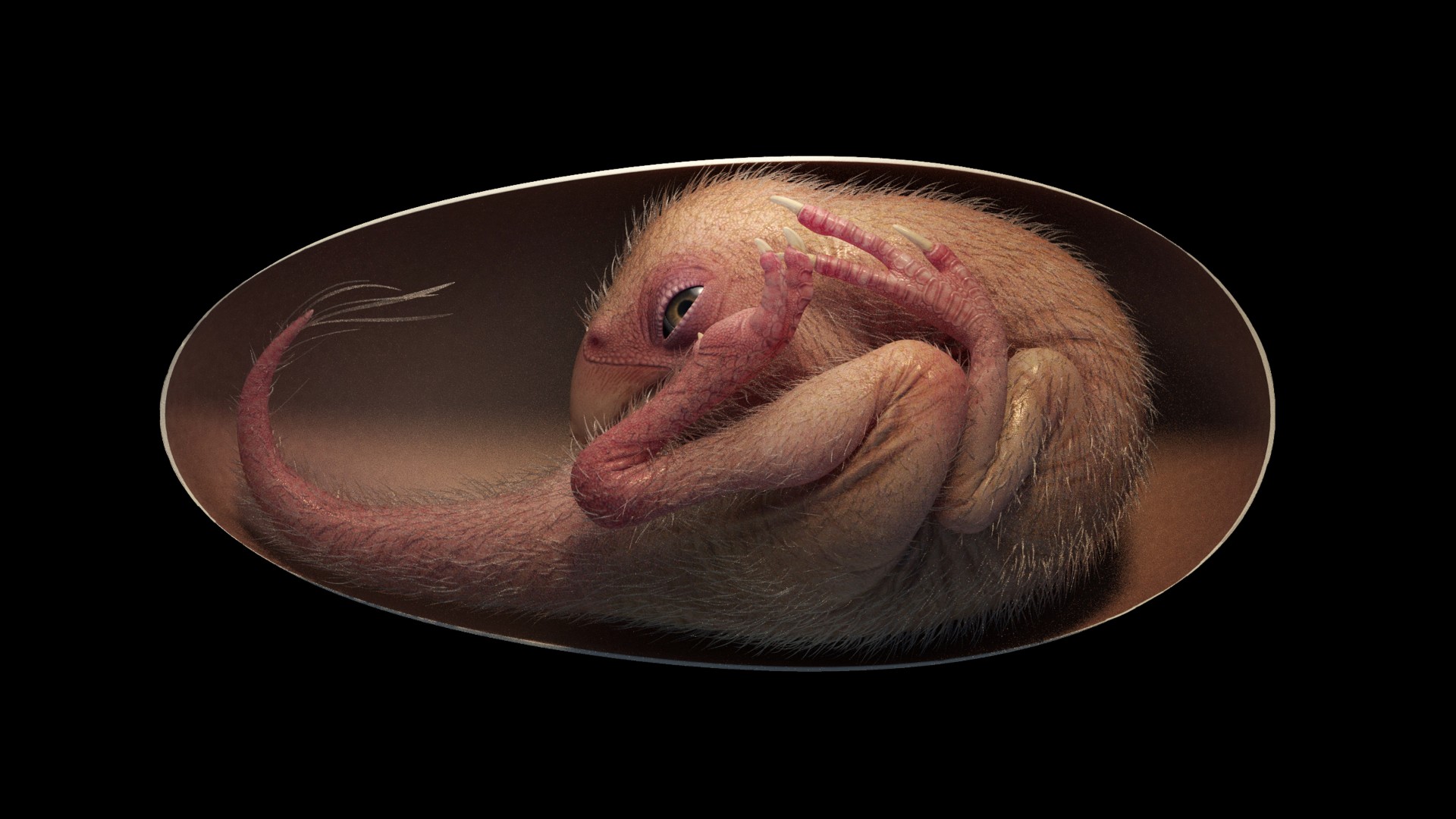
About 70 million years ago, a wee ostrich-like dinosaur wriggled inside its egg, putting itself into the best position to hatch. But that moment never came; the embryo, dubbed "Baby Yingliang," died and remained in its egg for tens of millions of years, until researchers found its fossilized remains in China.
Researchers have discovered many ancient dinosaur eggs and nests over the past century, but Baby Yingliang is one of a kind. "This skeleton is not only complete from the tip of the snout to the end of its tail; it is curled in a life pose within its egg as if the animal died just yesterday," said study co-researcher Darla Zelenitsky, an assistant professor of paleontology at the University of Calgary in Alberta, Canada.
This curled-up pose is what interests researchers. Living bird embryos are known to move into the best position, known as tucking behaviors, to help them hatch from their eggs. But these behaviors had never been documented in dinosaurs, until now.
"The discovery of this embryo hints that some pre-hatching behaviours (e.g. tucking), which were previously considered unique to birds, may be rooted more deeply in dinosaurs many tens or hundreds of millions of years ago," study co-lead researcher Fion Waisum Ma, a doctoral student of paleobiology at the University of Birmingham in the United Kingdom, told Live Science in an email.
Related: Photos: Fossilized dino embryo is new oviraptorosaur species
Baby Yingliang's egg — unearthed in the city of Ganzhou, in southeastern China, in 2000 — wasn't analyzed until 2015. That's when Yingliang Group, a Chinese stone company that had acquired the egg and put it into storage, rediscovered the fossil during the construction of Yingliang Stone Natural History Museum, a public museum in Xiamen, China.
"Fossil preparation was conducted and revealed the beautiful skeleton of the embryo," Ma said. "It is one of the best-preserved dinosaur embryos ever reported in science."
Sign up for the Live Science daily newsletter now
Get the world’s most fascinating discoveries delivered straight to your inbox.
The embryo of the oviraptorid — a bipedal, toothless, bird-like, feathered dinosaur — measured nearly 11 inches (27 centimeters) long, but it was curled up to fit into its 6.7-inch-long (17 centimeters) oval egg. The skeleton was scrunched up, with its head lying on the dino's abdomen and its legs on each side of the head. It appears to be a late-stage embryo, "which roughly correlates to a 17-day-old chicken embryo (which hatches on day 21)," Ma said in the email.
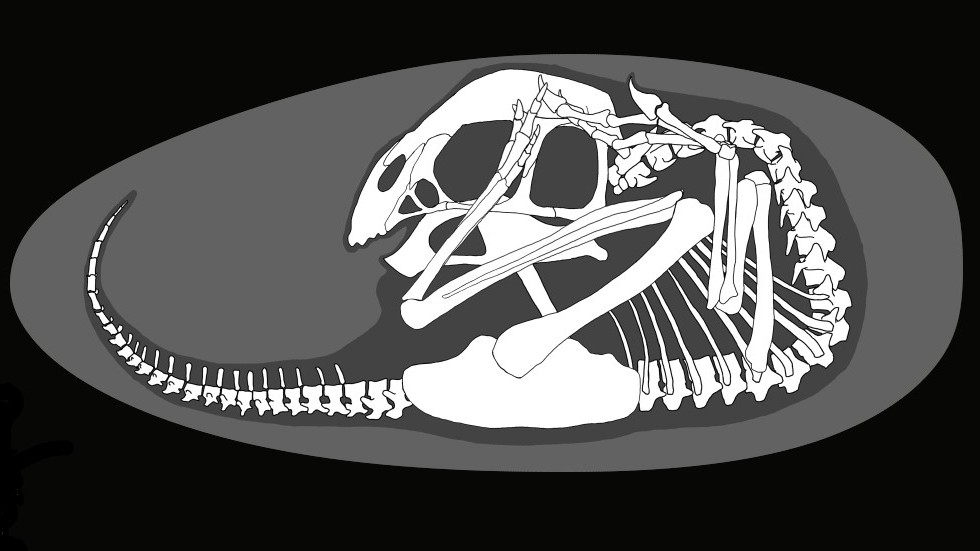
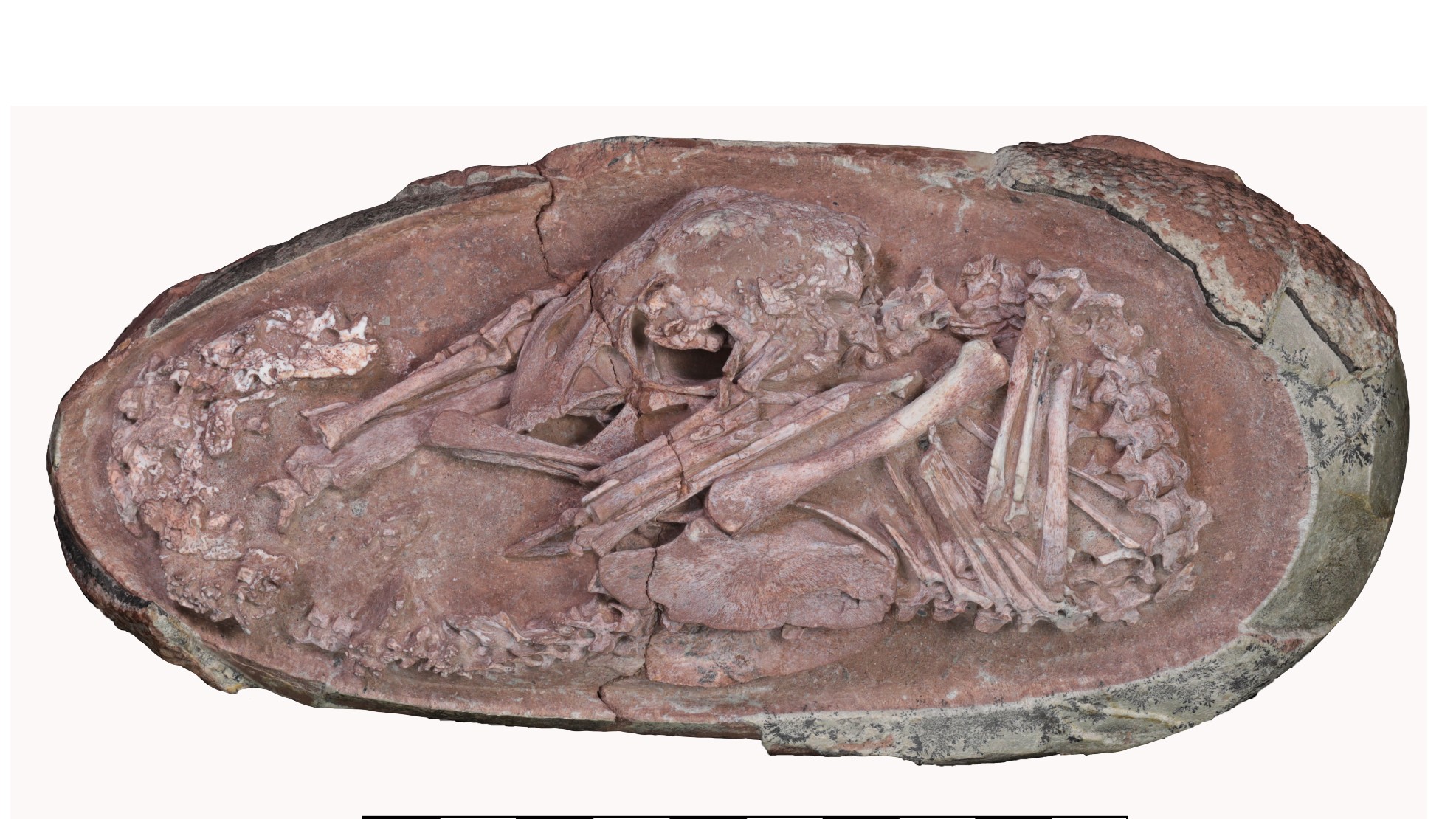
Just like a well-positioned chicken embryo, Baby Yingliang was getting ready to hatch. In chicken eggs, the embryo moves its body and limbs to get into a series of tucking postures a few days before hatching, she said. On hatching day, the embryo is in the best position to crack out of the egg, with its body curled and its right wing on top of its head. This position is thought to help stabilize and direct the head when the chicken embryo uses its beak to crack the eggshell. "Failure to do so increases the chance of death, as the embryo is less likely to break out of the egg successfully," Ma said.
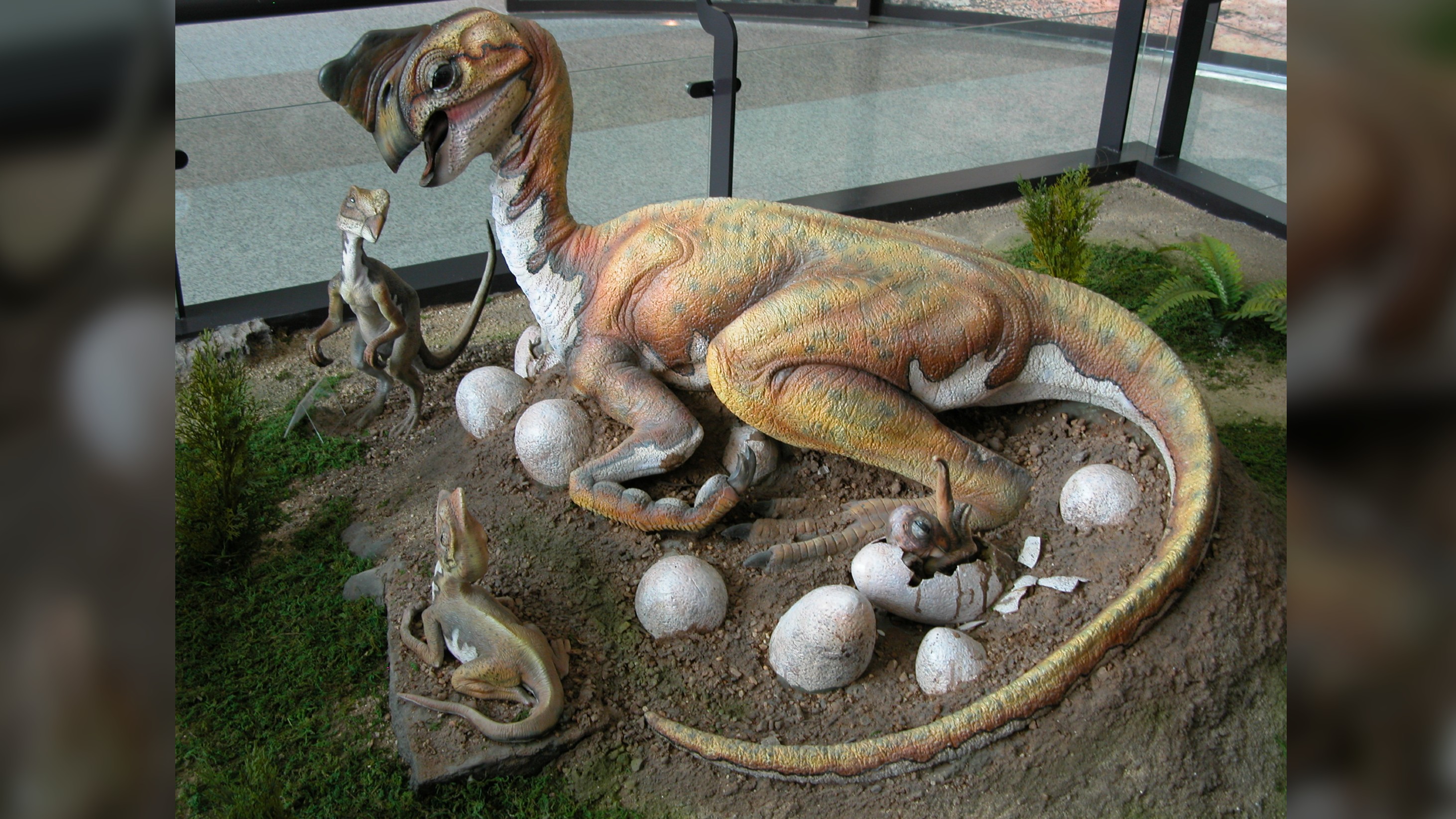
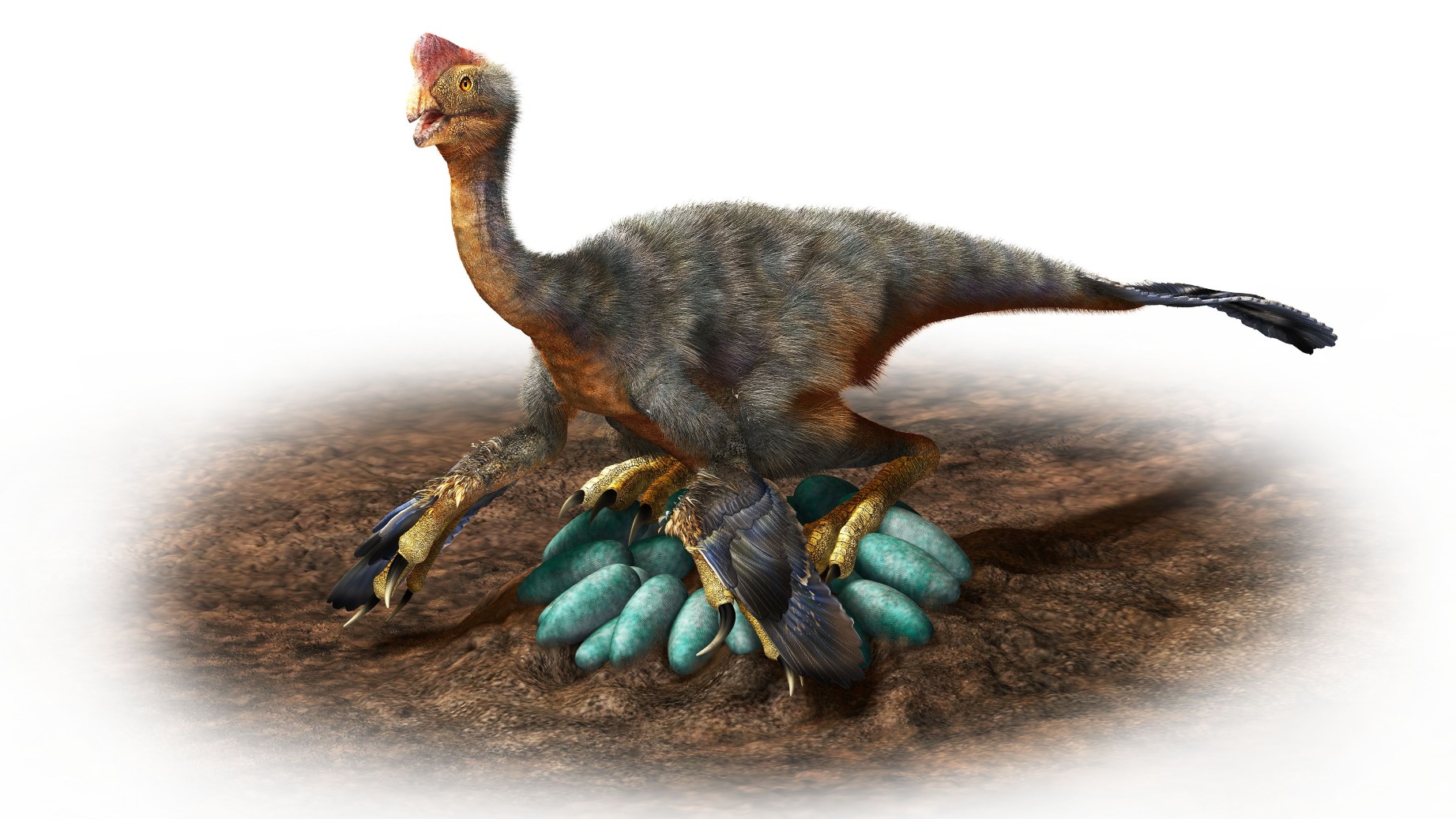
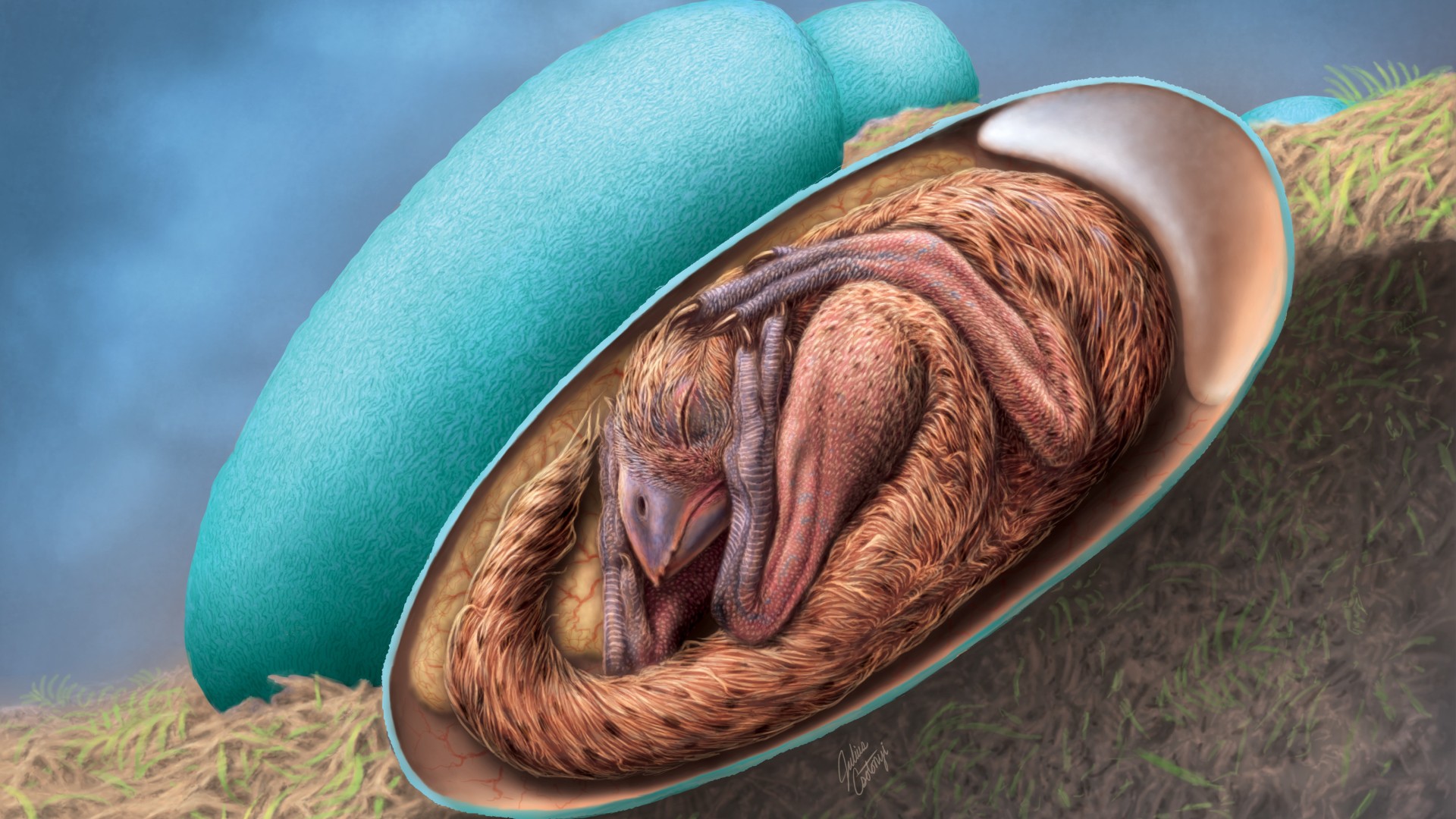
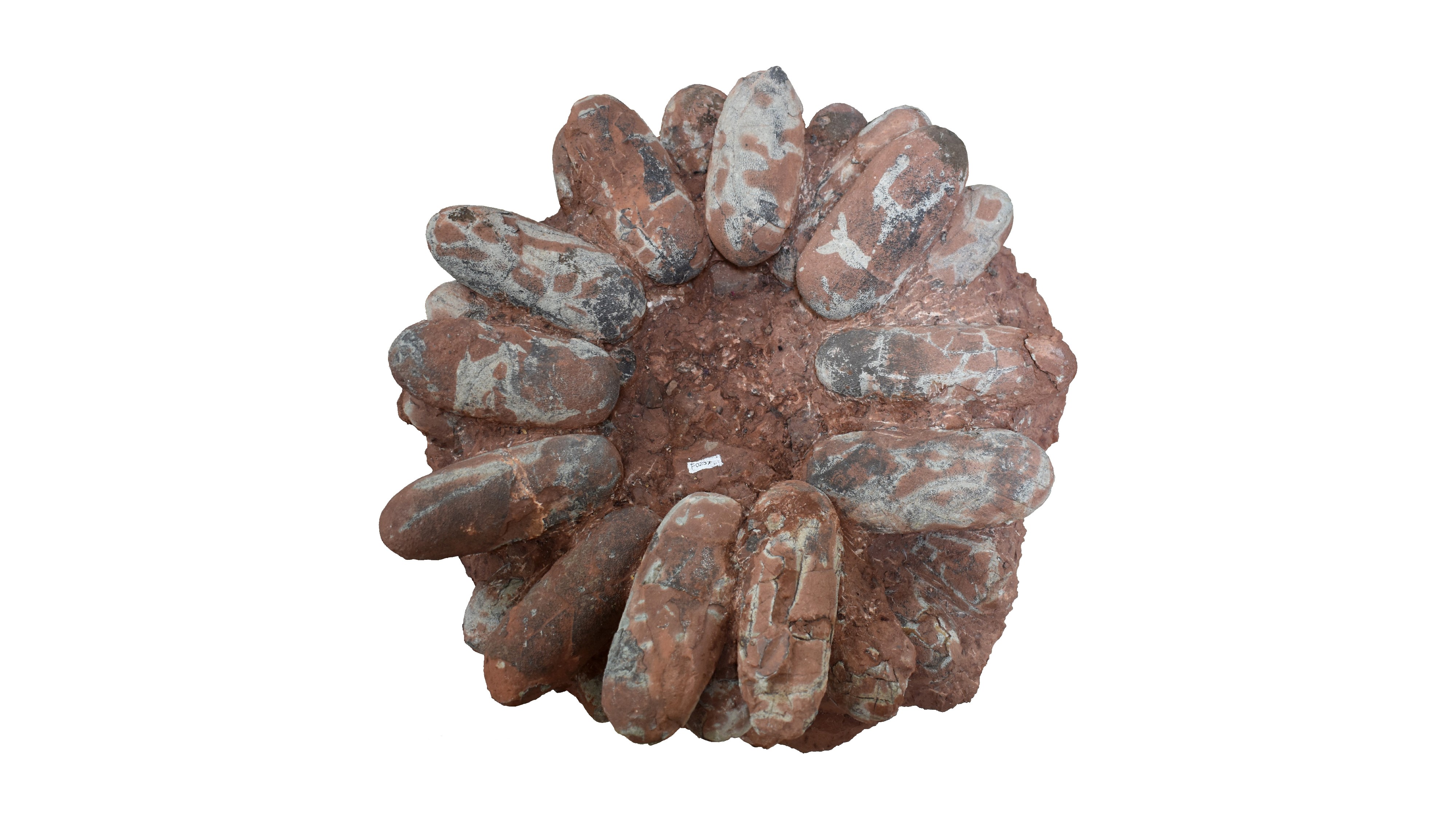
Baby Yingliang's unique position suggests a pre-hatching strategy similar to that of chickens and other modern birds. "Before this study, we really didn't know how dinosaurs were positioned in their eggs because previous fossil embryos were too fragmented," Zelenitsky told Live Science in an email. "Now we can see quite nicely that oviraptorid dinosaurs had bird-like postures while incubating inside their eggs."
In essence, birds inherited these pre-hatching behaviors from their dinosaur ancestors, Zelenitsky said. "This study strengthens our understanding of the close evolutionary relationship between dinosaurs and birds," she said.
The study was published online Tuesday (Dec. 21) in the journal iScience.
Originally published on Live Science.

Laura is the archaeology and Life's Little Mysteries editor at Live Science. She also reports on general science, including paleontology. Her work has appeared in The New York Times, Scholastic, Popular Science and Spectrum, a site on autism research. She has won multiple awards from the Society of Professional Journalists and the Washington Newspaper Publishers Association for her reporting at a weekly newspaper near Seattle. Laura holds a bachelor's degree in English literature and psychology from Washington University in St. Louis and a master's degree in science writing from NYU.









